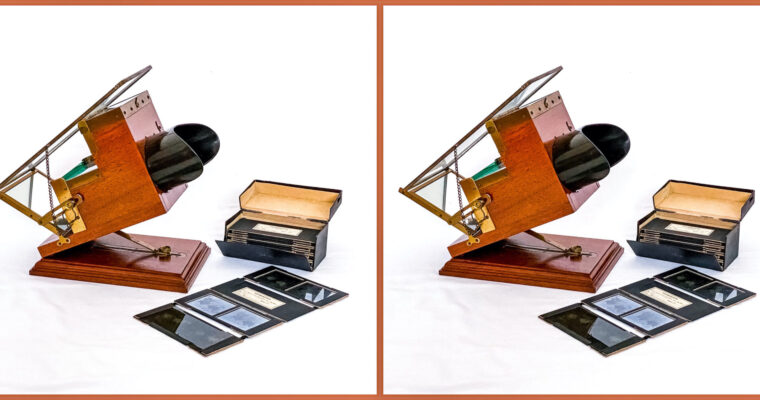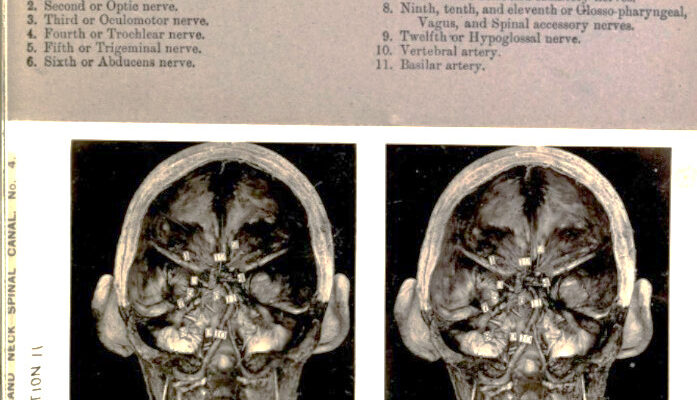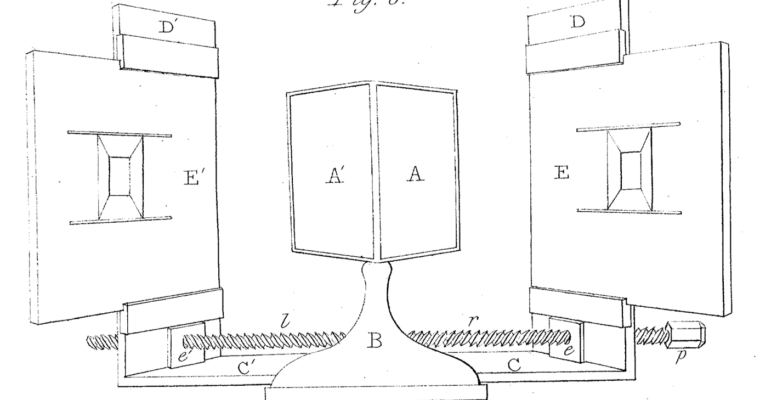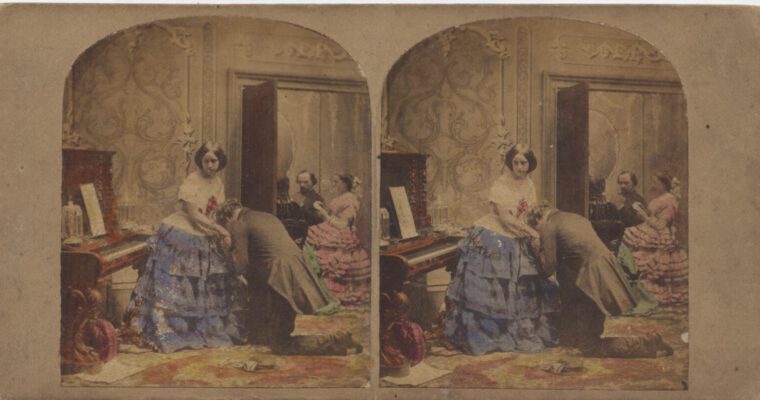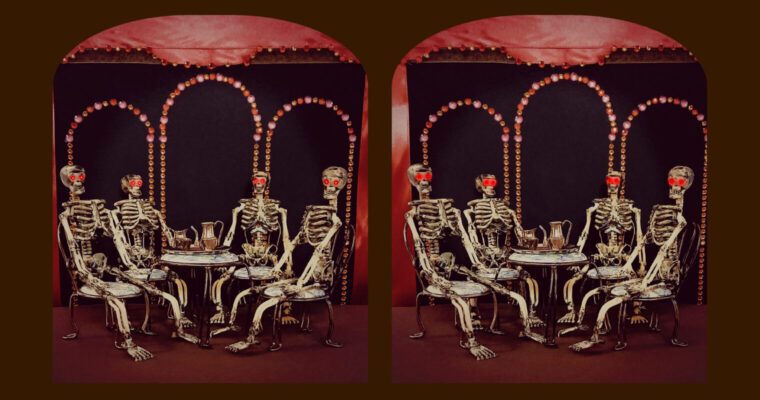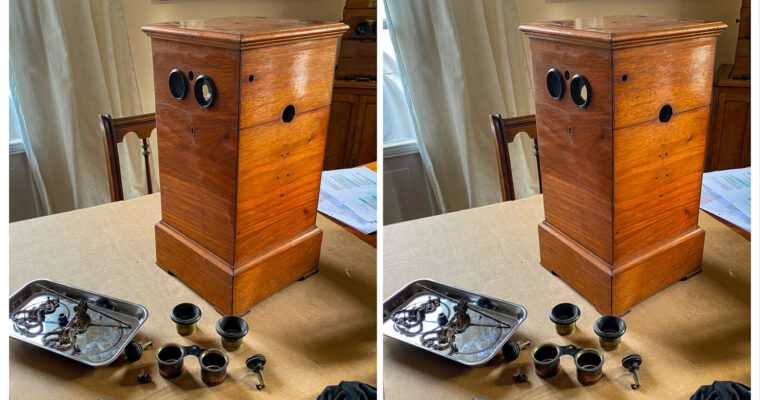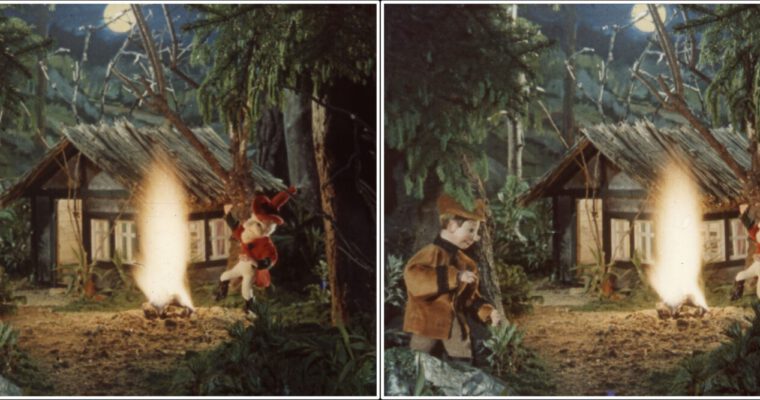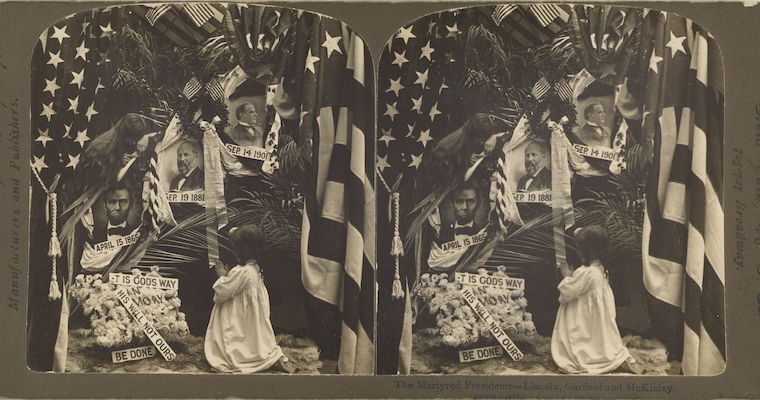History
The Ives Kromskop
One of the most remarkable stereoscopes ever produced commercially was the Ives Kromskop (Patent #531,040, Dec 18, 1894). In it, three stereoscopic glass positives made from negatives exposed through red, green, and blue filters are optically superimposed to give a full color image of remarkable quality. It was more than ten years prior to the introduction of relatively crude full color plates such as the Autochrome.
A Brief History and Summary of Stereoscopy in Medicine
Though its popularity increased and decreased throughout the decades, the concept of stereoscopy was continuously applied to a variety of practices including medicine — even today.
The birth of Stereoscopy: Wheatstone on Binocular Vision 1838, original source
Back in 1838 the concept of binocular vision had not yet been explored or written about anywhere. It was a scientist in his mid 30s who not only described the phenomenon later called stereopsis but also constructed a device to view two flat images in 3D which he called a stereoscope. This is especially remarkable as photography was not invented until one year later. Charles Wheatstone’s observations were based only on drawings. Most of these drawings are based on horizontal mirroring which is why we call them mirror stereos today. Read Wheatstone’s original source here.
A Declaration of Love
Alfred Silvester’s 1857 series of stereoviews entitled ‘Declaration of Love’ begins with a scene depicting a young woman seated at the piano. Jonathan Ross interprets the series and reveals a Valentine’s tale — not only for Victorians.
A Trip to the Underworld
Ladies and Gentlemen, please fasten your seatbelts because we are going to embark on a trip to the Underworld! This is a series of “Modern Diableries” inspired by the original French Tissue stereo cards.
While most of the time the original Diableries were intended to be scary, my approach and interpretation on such Devilments is mostly cheerful and entertaining.
A Restorer’s Journey
Sometimes you will get a glimpse of the individual history of your treasure and know where it was stored, wether it was looked after or long forgotten, if the owner was well situated or not, etc. For me, these stories are invaluable. As a passionate restorer, I especially appreciate viewers that have remained untouched since their last use. I carefully remove the dust of decades to reveal the original beauty of a stereoscope. Being the first one to do so feels almost like getting in touch with those who bought it a century ago. I want to take you to one of those journeys.
My Magic Cards
What kind of entertainment would you have as a Soviet kid growing up in the 1980s? A couple of dolls, clothes; metallic constructor sets, the vinyl recordings of children’s stories; some cassettes with popular Russian songs, and a bunch of filmstrips. These things were in almost everyone’s possession – at least, that’s how I remember my friend’s toys. However, I had something very special – a set of stereo cards, along with a simple stereoscope that looked like binoculars.
Bright loose images for the Monumental Art series
I am recording and documenting in 3D wherever I go, such as Galleries and Museums, and especially, when a Monumental Installation by an Interdisciplinary artist, or artists takes place.
Nostalgia, Semiotics & Weird Stuff: A Guide to Collecting View-Master
It’s probably safe to assume that most people were introduced to 3D images via View-Master. Introduced at the 1939 New York World’s Fair, the handheld 3D viewer was a very popular format that sold literally billions of products from the 1940s right on through the 2000s. Here you’ll find a brief history of View-Master, some images from my collection and key content categories that may be of interest to those looking to start or grow their collections.
Le Taxiphote — the most famous French stereo viewer
The Verascope and the Taxiphote are two halves of an unbelievable stereo development effort that went on for 40 years essentially without any changes. The Taxiphote was exported to and patented in many countries. All this serves as an example of how attractive stereoscopy was at that time, and also confirms the quality of the Taxiphotes as a technical device. We can only guess at the prestige of having a Taxiphote at that time.
True Crime in Old Stereographs
What is meant by true crime? It’s a nonfiction genre having to do with actual crimes, usually murder. It’s popular now, but it was popular in the 19th century too‒just think of the penny press and the National Police Gazette. As the joke says, “Crime may not pay, but it sells!”. I was curious to see if it made its way into stereo cards, too. In what follows, I’ve tried to provide a thumbnail sketch of each crime. Accounts from the time often vary, so I’ve tried to present a composite set of the facts which I think are the most likely.
The Nevers Collection
The story of 21 stereo glass negatives from the early stages of The Great War in Nevers, France.

